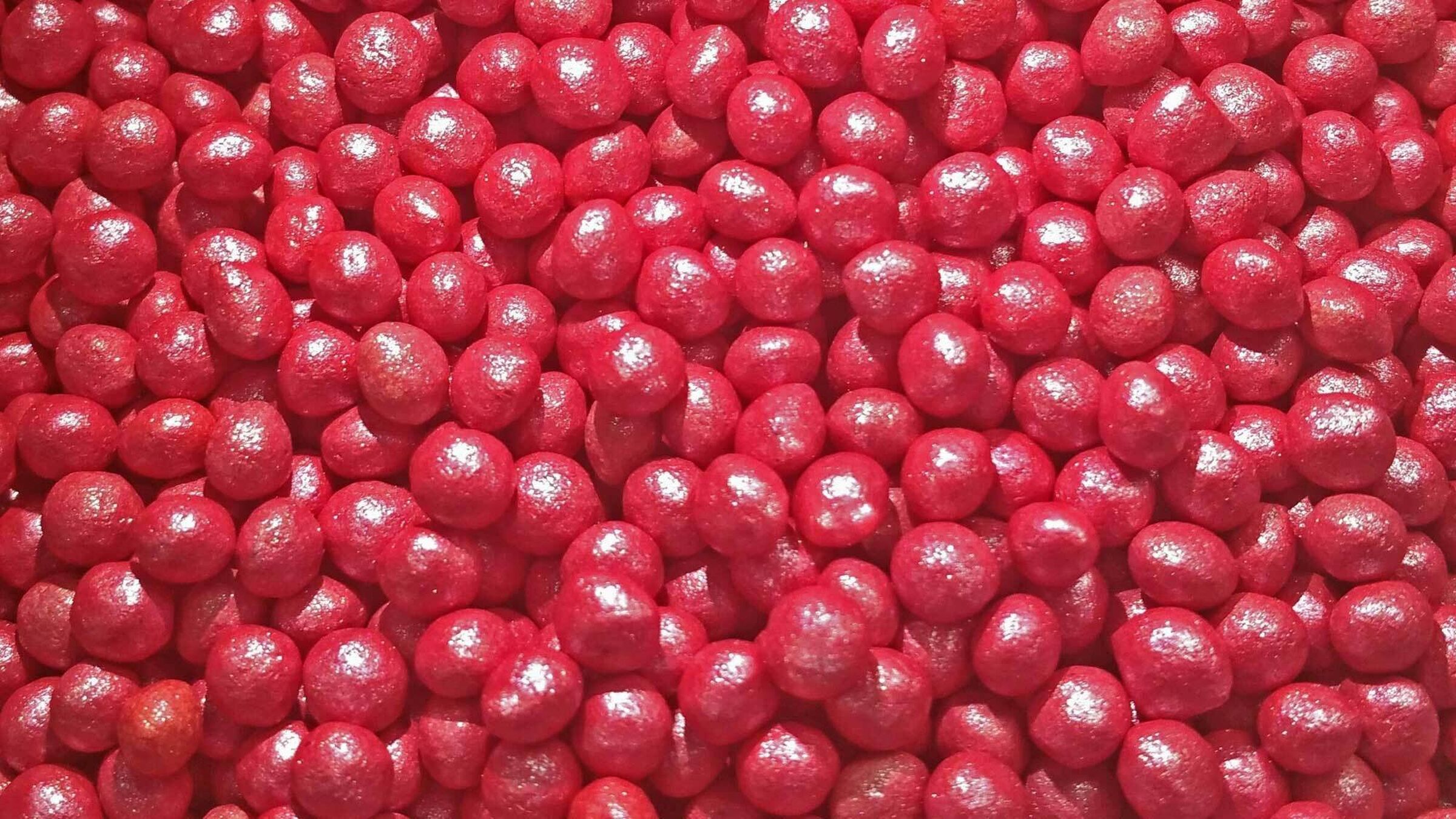Seed Processing
After seed harvest, the produced sugarbeet seed is far from ready for the grower. The seed must go through many processes to ensure that it becomes the nice round metallic red "pellet" for which we are known around the world.
Seed quality control
The SESVanderHave seed quality laboratory evaluates seeds after harvest and after every step in the processing procedure. This way they assure the best quality of seeds, based on:
- germination
- vigor
- cold tolerance
- seed weight
- caliber
- moisture content
- size
- pesticide application
All data is stored in a central database with full traceability, and final quality is assessed using well-defined industry standards.
Step 1: Pre-cleaning
Raw seed lots have sticks, weed seeds, sugarbeet seeds that are too large or too small, and other inert materials that need to be removed. After this removal process, which we call “pre-cleaning”, the seed is shipped to the factories.
Step 2: Cleaning
When the seeds arrive at the factory, they need to go through another round of cleaning to extract the best parts.
First, we blend all the octabins of one seed lot to ensure that the batch is as homogeneous as possible. During this cleaning, the remaining waste, such as small twigs, dried earth and foreign seeds, is removed. Seeds that are too small, too big or bigerm are then screened out. This way, we try to avoid empty patches in the field.
Sugarbeet seed is very rough and irregular in shape and the seed coat or the so-called “pericarp” contains natural germination inhibitors. Some of the seeds are empty or have partially filled embryos.
The goal of the seed processing team is to remove the excess pericarp and germination inhibitors with specially designed polishers. Based on size and gravity, the seeds are segregated, and only the well-filled, normal-sized seeds are collected.
Step 3: Priming
Priming means that the seeds are ‘pre-germinated’ to ensure faster and more homogeneous field germination.
When the seeds are primed, the germination process is set in motion. This germination process has to terminate just before ‘the point of no return’; in other words, the point at which the seed actually starts to germinate.
Priming offers a few advantages:
- The seeds emerge more quickly than unprimed seeds, even in extreme cold or drought.
- Priming also ensures more homogeneous emergence.
- In other words, the beets will be more uniform in size, making lifting easier.
- As all seeds emerge in a short time frame, seedlings and plantlets are similar in size, which results in a more efficient weed control.
Read more about our primed seeds.
Step 4: Pelleting
High quality primed seed is still irregular in thickness and diameter, and requires a specialized pelleting process to create a standardized round product. Seed pelleting optimizes plantability and accurate seed spacing. Because each seed is unique, the pelleting process demands constant monitoring and adjustment by an operator. Pellets are screened so they are the correct size.
Step 5: Coating
The last seed processing step is coating, which involves applying a layer of requested fungicides or insecticides to the pelleted seeds to protect the variety’s yield potential. By applying them directly to the seeds, the total quantity of pesticides can be significantly reduced, which makes sugarbeet growing more environmentally friendly. SESVanderHave’s iconic metallic red color is now applied.
Why do sugarbeet seeds get a colored coating?
The colored coating helps to assist in checking planting depth and seed spacing in the field during planting.
After the coating process, the seeds are dried to prevent germination, before being bulk-packed again in octabins.
Step 6: Packaging
When the sugarbeet seeds have been processed, they can finally be weighed, packaged, and labelled. We have developed a label which contains all the necessary information, such as variety information, seed quality, seed size, any applied treatments, and other necessary seed industry information.
This is how SESVanderHave produces sugarbeet seed that meets the specific needs of growers and the sugar industry, day in and day out. SESVanderHave has already brought hundreds of successful varieties to the market, and will continue to develop many more in the future!
